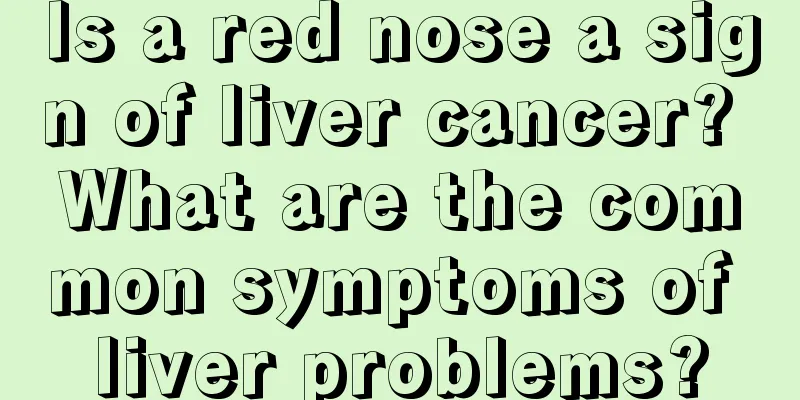The difference between a lump and a cyst

|
The biggest difference between a lump and a cyst is that a lump is a symptom, while a cyst is a disease. The lumps are sometimes hard, and there are many diseases that can cause lumps, the most common of which are swollen lymph nodes when the human body is inflamed. A cyst is a benign disease that can grow on the surface of the human body or inside its internal organs. Lump: 1. Physiological "mass" It is not a true disease but is sometimes mistaken for a pathological mass. In addition to the uterus, bladder, and fecal masses, the muscles between the well-developed rectus abdominis tendons, the spine or sacral promontory in emaciation, and the spontaneously spasmodic intestines may all be misdiagnosed as pathological. Even the abdominal aorta of people with soft or weak abdominal walls may be mistaken for a "pulsating mass." 2. Inflammatory mass It is often accompanied by signs of inflammation such as fever, local pain, and increased white blood cell count. Such as periappendicitis mass, mesenteric lymph node tuberculosis, perirenal abscess, etc. 3. Tumorous mass Most of them are substantial masses. Malignant tumors are the majority and are characterized by rapid development, with anemia, weight loss and cachexia in the late stages; benign tumors have a long history and are larger, smoother and have a certain degree of mobility. 4. Cystic mass Most of them are round or oval, with a smooth surface and a sense of undulation. Common ones include congenital polycystic liver, polycystic kidney, urachal cyst; retention pancreatic cyst, hydronephrosis; tumorous ovarian cyst; inflammatory gallbladder effusion, hydrosalpinx, encapsulated effusion; parasitic hydatid cyst, etc. 5. Obstructive mass Obstructive masses in the gastrointestinal tract can cause abdominal pain, bloating, vomiting, or constipation without flatus; masses obstructing the bile duct cause painless jaundice, usually without fever; masses obstructing the urinary tract often cause swelling and pain in the lower back. 6. Traumatic mass Such as spleen rupture hematoma in the left upper abdomen, pancreatic pseudocyst in the upper abdomen, retroperitoneal hematoma in the lower abdomen or pelvis, etc. See Abdominal Trauma. Cyst Cyst is a benign disease that can grow on the surface of the human body or in the internal organs. A cyst is a benign sac-like mass that grows in an organ in the body and its contents are liquid. Generally speaking, common cysts include "renal cysts", "liver cysts", "simple ovarian cysts" and "chocolate cysts". Renal cysts are further divided into simple solitary renal cysts and polycystic kidneys. Causes A congenital hereditary 1. Pilocyst: In the past, sebaceous cysts were inherited in an autosomal dominant manner. 2. Multiple steatocystoma: autosomal dominant inheritance. 3. Dermoid cyst: It is congenital and present at birth. 4. Bronchogenic and thyrohyoid duct cysts are caused by congenital developmental abnormalities. 5. Midline penile cysts are caused by congenital developmental abnormalities. 6. The etiology of eruptive anthrax cysts is unclear. Some reports believe that it is an autosomal dominant inheritance. |
<<: What should I do if the zipper doesn’t work?
>>: What are the tips for zipping up?
Recommend
Is hamartoma contagious?
When it comes to hamartoma, many people may only ...
What should I pay attention to before doing CT
CT is a relatively common examination method. It ...
7 secrets that restaurants are most reluctant to reveal
Signature dishes are more expensive Signature dis...
Why does my chest hurt when I cough and take a deep breath?
The chest is where many organs in the human body ...
5 factors that induce lung cancer in women
Lung cancer is a common tumor of the respiratory ...
The causes that continue to cause intestinal cancer
The continuous occurrence of colorectal cancer ha...
Can I eat pork kidneys if I have skin allergies
I believe many of my friends like to eat pig kidn...
What damage does staying up late cause to the body
At present, more and more teenagers, middle-aged ...
How to protect dentures
Dentures are a necessary measure after we have da...
Analysis of the main symptoms of prostate cancer
The symptoms of prostate cancer are not obvious i...
Four major functions of natural vitamin C
We all know that vitamin C is an indispensable nu...
Is drinking milk before going to bed good for your health?
Milk is very common in our daily life. Milk is a ...
Chemical reaction of eggshell and vinegar
Eggshells are calcium carbonate, and vinegar is a...
After radiotherapy for nasopharyngeal carcinoma, an MRI was performed. Is this result considered good?
An MRI scan was performed after radiotherapy for ...
How to choose preserved eggs
Preserved eggs are a traditional delicacy whose u...









